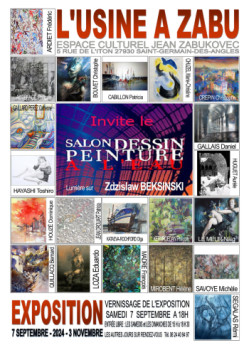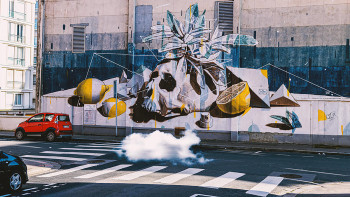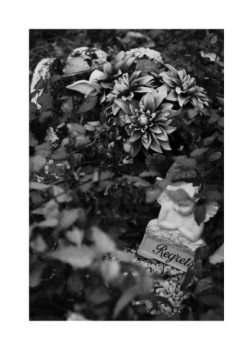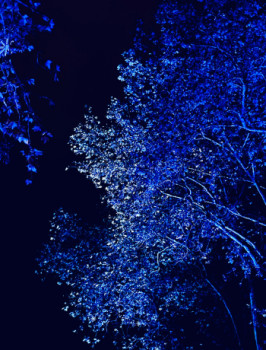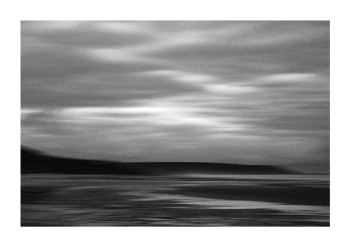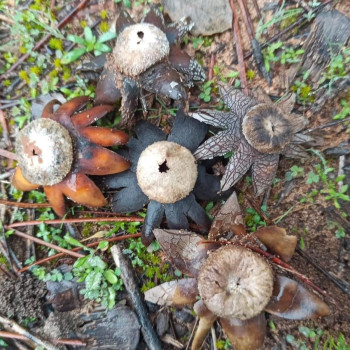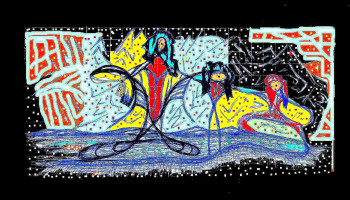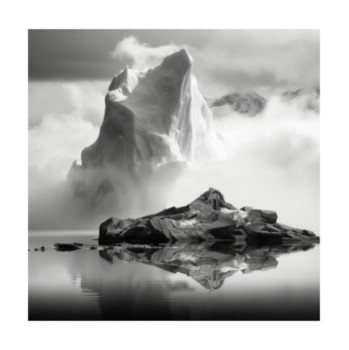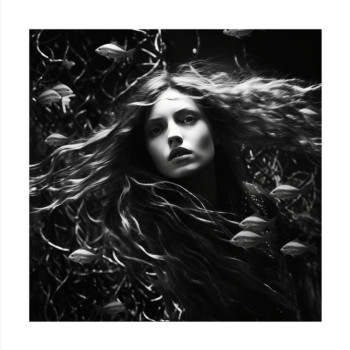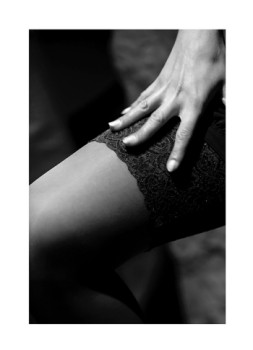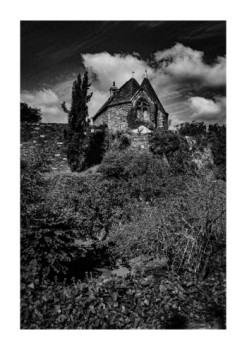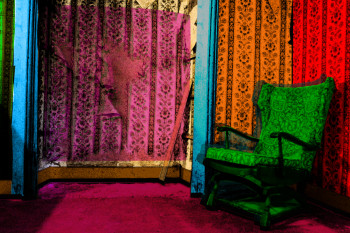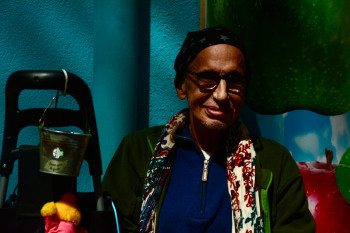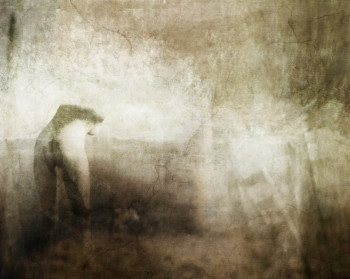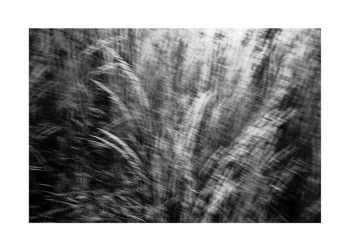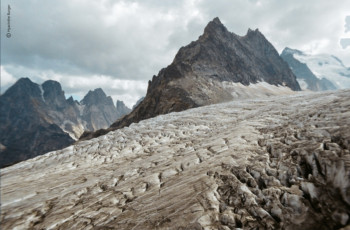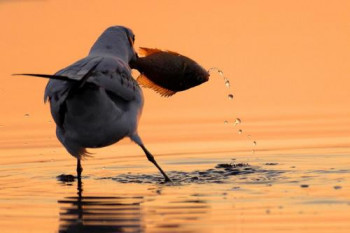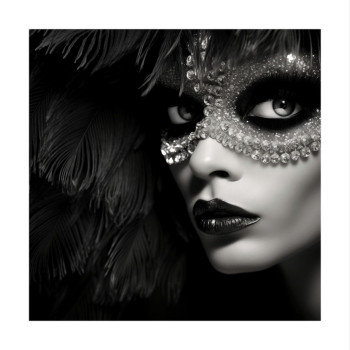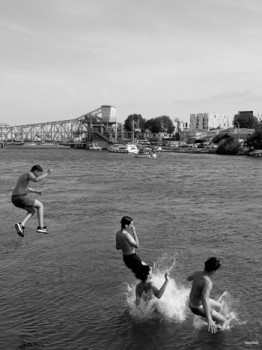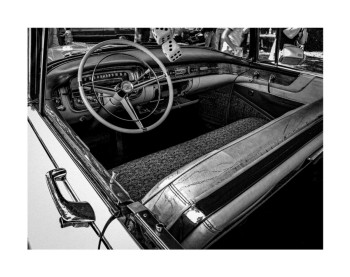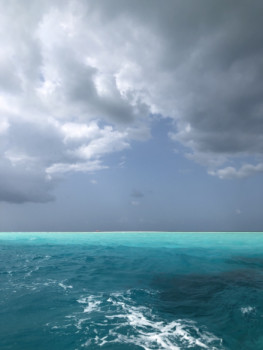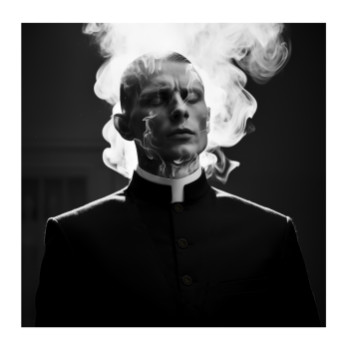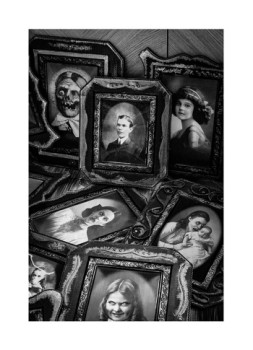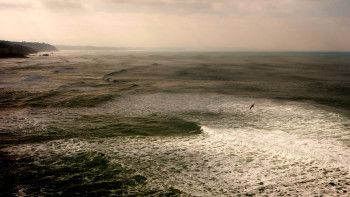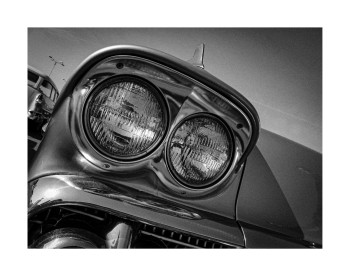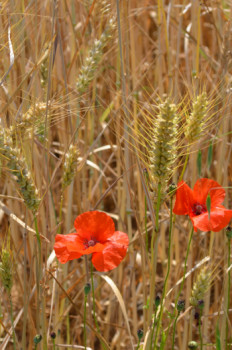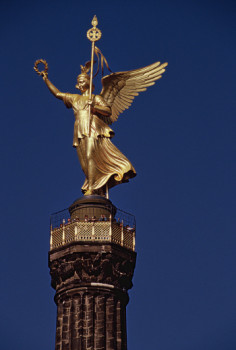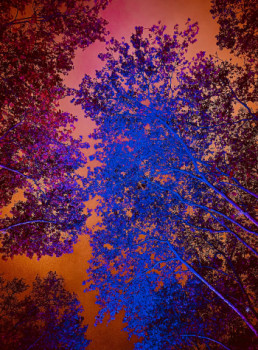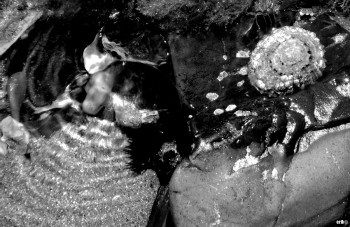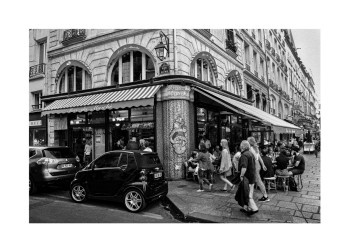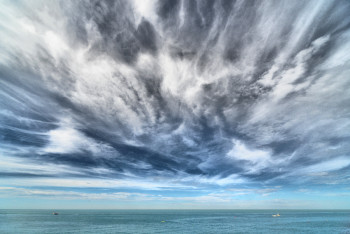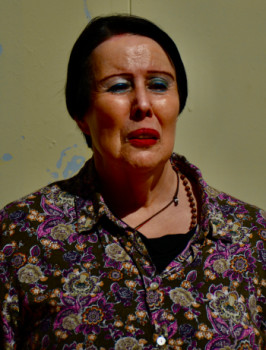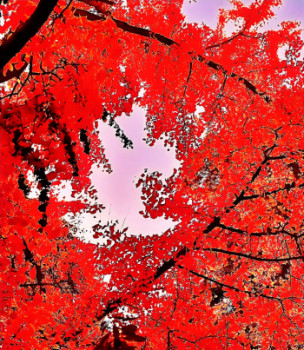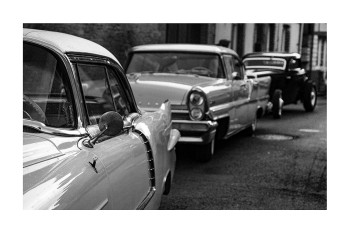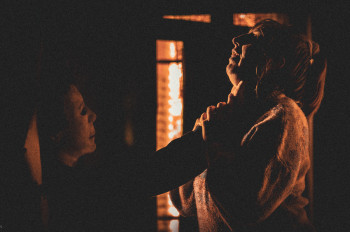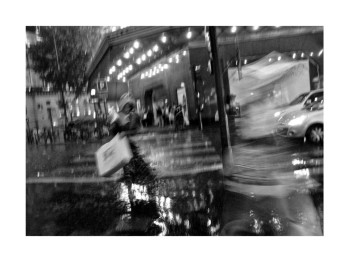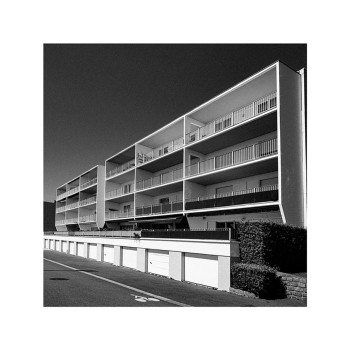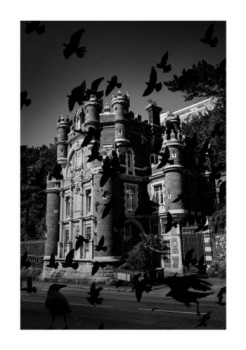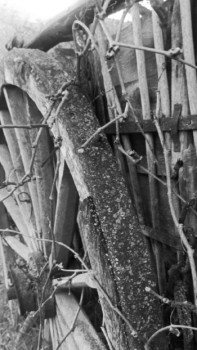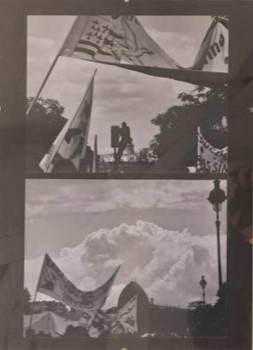
Raymond Depardon, the eye at the heart of the work
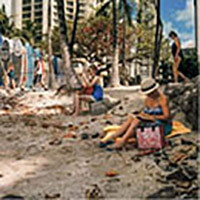
"You have to love solitude to be a photographer."
Who is Raymond Depardon?
Photographer of reality, Raymond Depardon is a unique personality. simple and explosive in the landscape of European photography. It goes beyond that; of his talent as a photographer: he is a Recognized filmmaker, screenwriter and director. Reporter, journalist, he is finally a renowned documentarian. Holder of the national grand prize for photography, he Also seen awarding several Césars. War reporter, political photographer, he is the author of a famous documentary, but not broadcast for a long time, on the campaign of V. Giscard d'Estaing in 1974, and of the official photo of F. Hollande in 2012.
His life
"Rather than a witness, I feel more like a conduit. Witnesses are rarely optimistic for the future. I want to pass the baton. Deep down, I am a passenger of my time."
Now 80 years old, Raymond Depardon is a world-renowned photographer. He is also a man of his time marked by his modest origins.
A solitary and adventurous youth
Son of farmers running a farm near Villefranche-sur-Saône, Raymond Depardon is a lonely child who discover the photography at at the age of 12, with a 6x6 camera given to him by his brother. His peasant origins will have a great influence on his career, and inherits a certain simplicity from his work. and a taste for authenticity. Once you obtain your study certificate, you will have a studio fitted out for your needs. on the family farm, and then took photography courses by correspondence. At the same time, he is an apprentice in a photography boutique. Villefranche.
It goes up to; Paris in 1958, as an apprentice to photographer Louis Foucherrand. The latter founding the Dalmas agency the following year with Louis Dalma s, Depardon became a freelancer for the agency. He quickly gained attention, partly for having succeeded in capture some shots of Brigitte Bardot. It is then sent very young, in 1960, in the Sahara where he came from he returned with a report making the front page of Paris-Match and France-soir, which earned him a position as a paid reporter. at Dalmas.
From war reporter and political photographer to; human commitment and for culture
Raymond Depardon covers the Algerian War, then the Vietnam War. He acquired a taste for documentaries, but also for following personalities. In 1966 he created his own agency, "Gamma", and passionately followed various official ceremonies and especially the Olympic Games. In 1972, he caused a sensation by taking a photo of a terrorist on a balcony during a hostage-taking at the airport. Munich. He has a great gift for capturing moments that are a priori ancillary to the main subject, but whose importance he perceives in the making.
In 1974 he followed the campaign of Valery Giscard d'Estaing, of which he made a documentary for a long time invisible to the general public. He joined the "Magnum" agency in 1978, to join resistance fighters in Afghanistan with whom he lived for 5 weeks. He had the idea of doing a report on his own reporter colleagues, which resulted in 1981 in the film "Reporters", a must-see of the season in the Latin Quarter. Its notoriety is then that of a mature and dedicated artist, as a photographer and as a filmmaker.
It was in the world of cinema that he met the woman who became his wife in 1987, Claudine Nougaret, producer, film engineer. sound engineer and director, with whom he worked constantly. Since 1983 ("Miscellaneous Facts"), he has prepared documentaries on the judicial institution, work which culminated in 1994 on "Delits flagrants", then in 2004 on "10th chamber, moments audience". This earned him a César for best documentary. He perseveres, while touching on the world of psychiatry, with "12 days" (2017) where he films interviews between internal persons under duress and judges responsible for ruling on the continuation of internment.
Depardon returns in the 2000s to his peasant origins, with an award-winning film which he calls "Peasant profiles, modern life".
This approach, on a universe that he knows to the core, he continues while completing it in "My inhabitants" (2016), where he is particularly interested in the people he meets during urban wanderings, all over France during a big tour in a caravan transformed into a mobile studio.
Nowadays, Depardon is exposed to on major sites such as the Cartier-Bresson Foundation, or the Arab World Institute.
His work
Multiple, the work of Raymond Depardon certainly is. However, she is original and committed, with very characteristic constants. Indeed, Depardon is interested, in parallel with his vocation as photographer, quite quickly in the cinema. In particular, he developed a real talent for documentaries, a genre directly derived from of qpn reporter experience.
The photographic work
Raymond Depardon has always sought, perhaps by pure instinct, to take a step aside, to grasp blind spots, "non-subjects". In this, he is closer to Anglo-Saxon artists such as Paul Strand or Walker Evans, in whom subjectivity is evident. of the artist premium. Depardon also worked, at the beginning of the 1980s, in the United States, notably for "Libération".
He often placed himself at odds with European schools, including on aspects as technical as the "2/3 - 1/3" that he sacrificed for his career. often for more verticality; or the adoption of a central line.
In his photographies policies, he focuses on action, on a daily basis, in the naturalness of the personality; that he photographed, including the presidential portrait of President Hollande.
By choosing color more often in recent years, it tends to become more popular. still assume this authenticity, which suits him more than the search for a sublimated image.
His cinematic work
Raymond Depardon's contribution to the documentary genre is absolutely immense, essential. Several times awarded and even Caesarized, his work addresses thematically, and often in a specific way. in the light of a certain social criticism, of the diverse and complex environments which particularly affect him. We find the same subjectivity there; essential than in his work photographic. Several common threads underlie his achievements: war reporting and hostage-taking, the legal environment, psychiatry, the peasant world, the world of the press.
"I was angry, I remained in silence for too long, in resistance, in the fight against the light, against the icon that did not come and that all the Everyone was waiting. I missed a lot of things. My photos may just be failures, but what luck!
Successful photos are terrible."
Découvrez quelques oeuvres inspirées de Depardon
